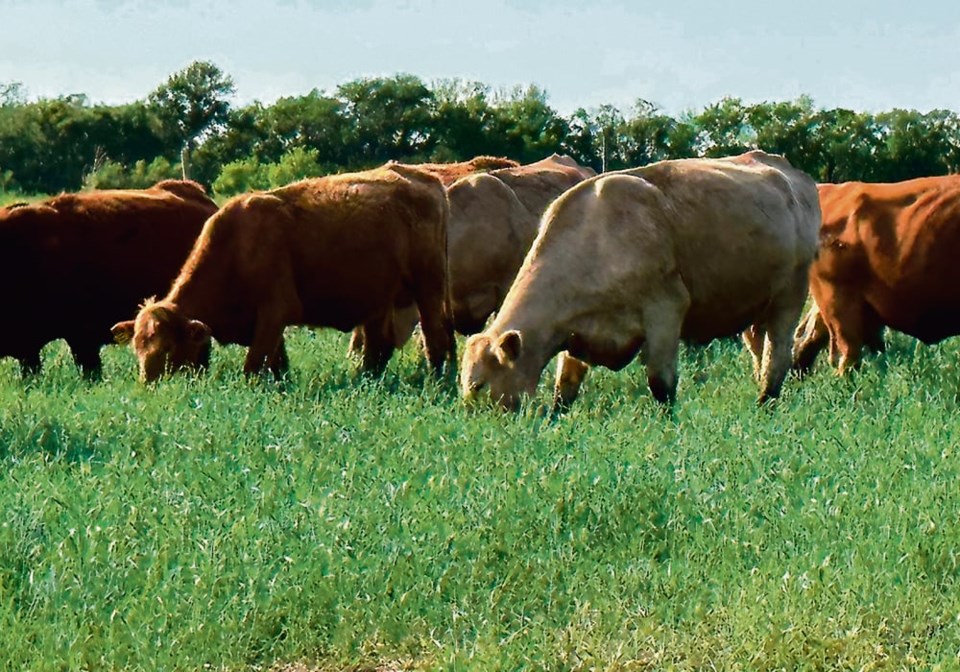MOOSE JAW, Sask. — Canada’s foot-and-mouth vaccine bank is likely to be located outside its borders.
The bank’s development is in the early stages but several sources said last week the physical location won’t be in Canada.
Tyler Fulton, vice-president of the Canadian Cattle Association, said the same during his presentation to the Saskatchewan Stock Growers Association.
“What this looks like is a dedicated vaccine bank, likely located out of the country, that could be used in the event of an outbreak in order to manage the outbreak. But there’s a lot of different scenarios and pathways you could follow as to whether or not it would be used,” he said when describing what the industry expects.
Ottawa pledged $57.5 million over five years for the bank but also said it expected provinces and territories to chip in.
The Canadian Food Inspection Agency did not respond before Western Producer deadlines on questions about the proposed bank.
However, vaccine banks store antigens that can be formulated and built quickly into vaccines in case of an outbreak. Banks are most often located near vaccine manufacturers to enable rapid turnaround.
The World Organization for Animal Health has established banks for FMD, rabies and avian influenza.
Cattle producers have long lobbied for a bank as part of industry efforts to combat foreign animal disease.
If FMD were to arrive in North America, traceability would also be paramount.
The ends June 16. Fulton said the CCA had not yet submitted its official comments on the issues of domestic movement reporting. The idea is to know the location of animals at all times. Premises identification numbers would be required, feedlots would not be recognized as tagging and identification sites, and moves to and from community pastures would have to be recorded.
Movements would have to be reported within seven days.
“What’s really hard to wrap our head around is how, boots on the ground, does this actually work?” Fulton said.
There has also been widespread opposition to the proposal that would require non-profit organizations such as 4-H shows and fairs to track animal movement. At a recent meeting of the federal standing agriculture committee, a CFIA spokesperson said diseases could be anywhere.
Fulton said the industry must be prepared for a disease outbreak.
“We need to find a workable solution that actually has value in managing an animal disease event,” he said.
In an interview, he said if the cost of implementing new traceability regulations is greater than the benefit, it won’t happen.
“If we can develop a system that actually has extra benefits, like checking off boxes with respect to the new transport regulations, the transfer of care documents that can do some of the same things, maybe there’s a win there but it’s a really complex file,” he said.
SSGA president Garner Deobald encouraged producers to comment on the proposals.
“The cost-benefit analysis is not in our favour,” he said.
Deobald said the CFIA believes there is a gap in the system that hinders Canada’s ability to prevent, prepare and respond to disease outbreaks that could affect exports.
SSGA members passed a motion at its meeting noting that Saskatchewan has a “robust” premises identification and manifest program and that it should recognize manifests under traceability and transport regulations.
Another asked for cost-shared funding for the technology required to implement the regulations and a third asked for an extension to the comment period deadline because not all producers have good access to internet and could respond online.




